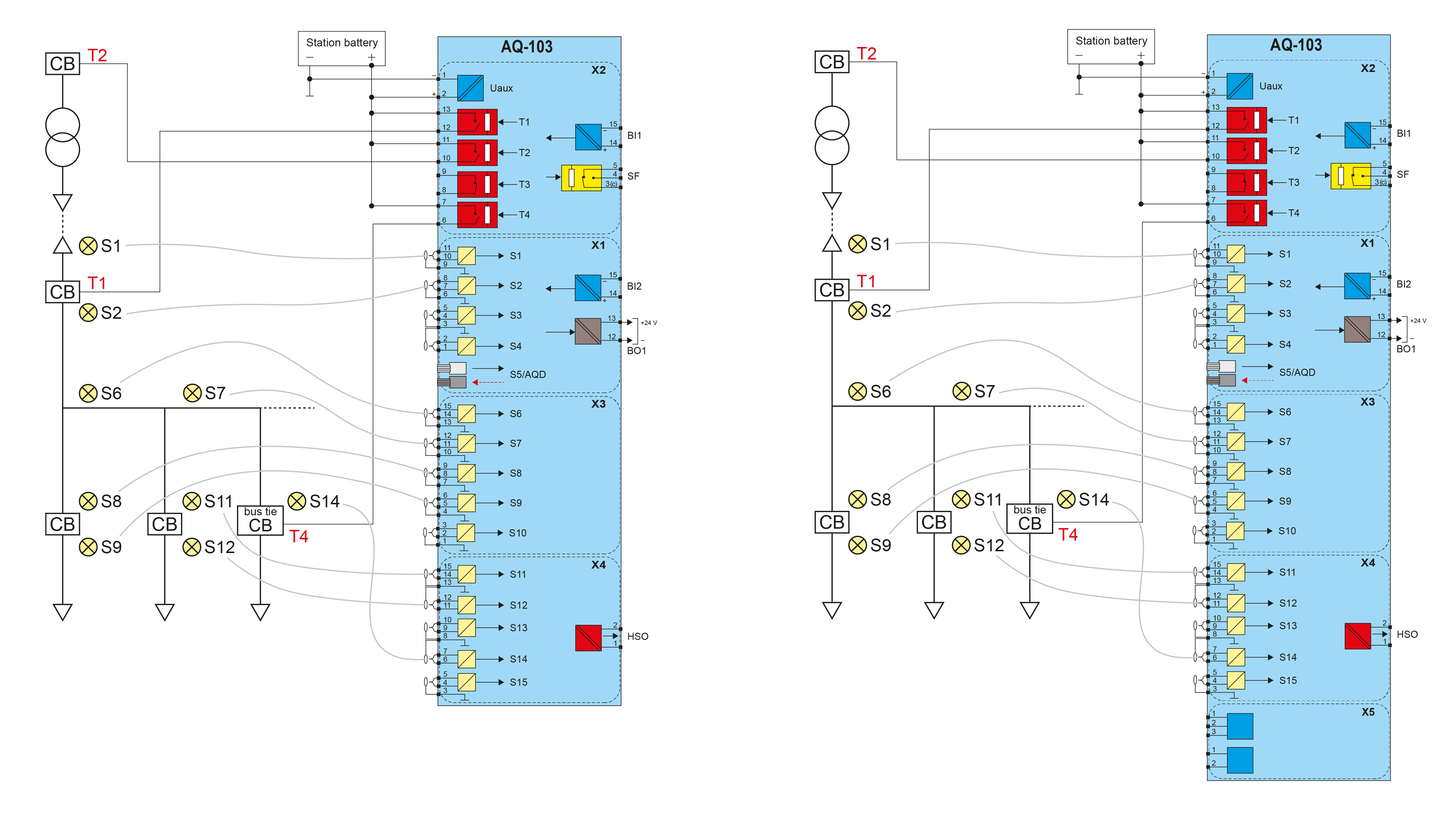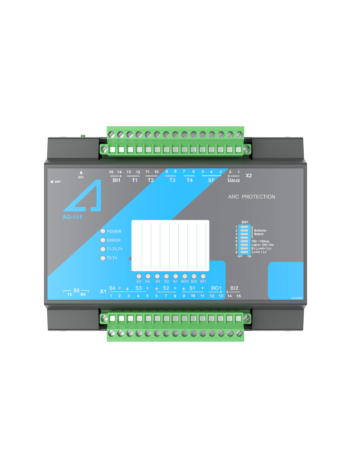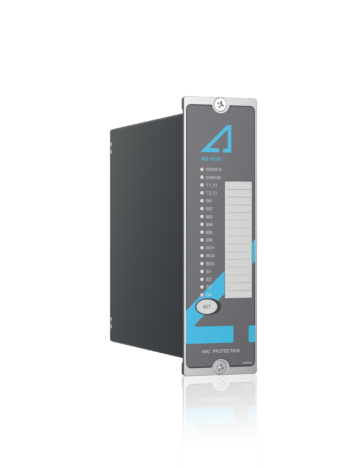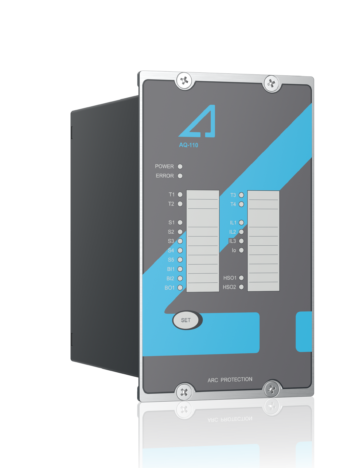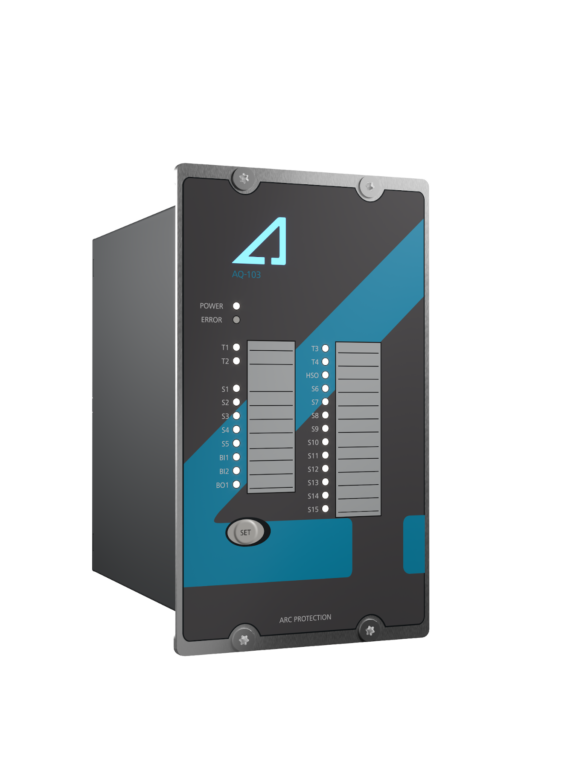
Description
AQ-103 Arc flash protection device is a sophisticated microprocessor-based arc flash protection device for arc light detection. It is designed to minimize the damage caused by an arcing fault (arc flash) by tripping the circuit breaker that sources the fault current. The complete system self-supervision function of AQ-103 provides the highest level of dependability by continuously monitoring all internal system functions as well as with external connections.
The AQ-103 arc flash protection device acts as a sub-unit to AQ-110P (or, AQ-110F) in an AQ 100 arc protection system. It can also function as a stand-alone unit in light-only systems. AQ-103 provides communication through RS-485 and Modbus protocols as ordering options. Through Modbus communication, AQ-103 connects to a local display (AQ-S254A) for indication of exact fault location and to a SCADA system either through an AQ-S254 device or a remote terminal unit (RTU).
Features:
- A wide range for the power supply (18…72 V DC or 92…265 V AC/DC).
- A maximum of 14 arc light point sensors (1 point sensor per channel).
- A maximum of 1 fiber loop sensor or connection to quenching device (optional).
- 4 trip relays.
- 1 system failure relay.
- 1 fast binary output.
- 2 fast binary inputs.
- 1 high-speed output (HSO).
- 1 multifunction push button.
- Non-volatile memory.
- 25 indication LEDs.
- Modbus protocol (optional)
Learn more about how different protection techniques affect the consequences of an arc flash:
“Arc flash comparison” by Arcteq Relays (https://youtu.be/EUlZ_a_rcIg)




